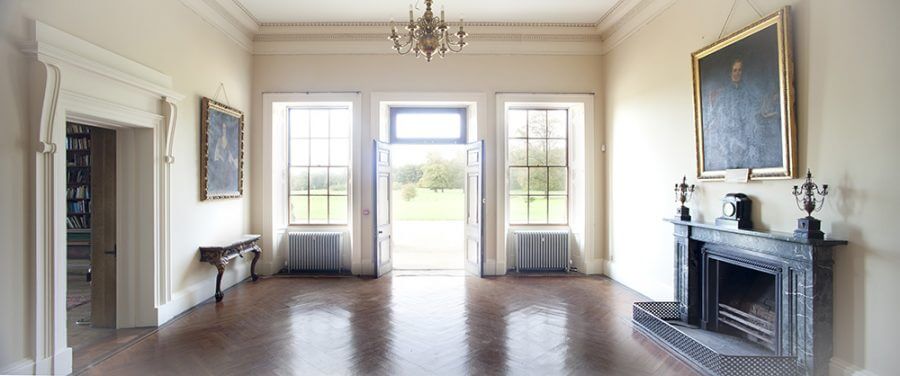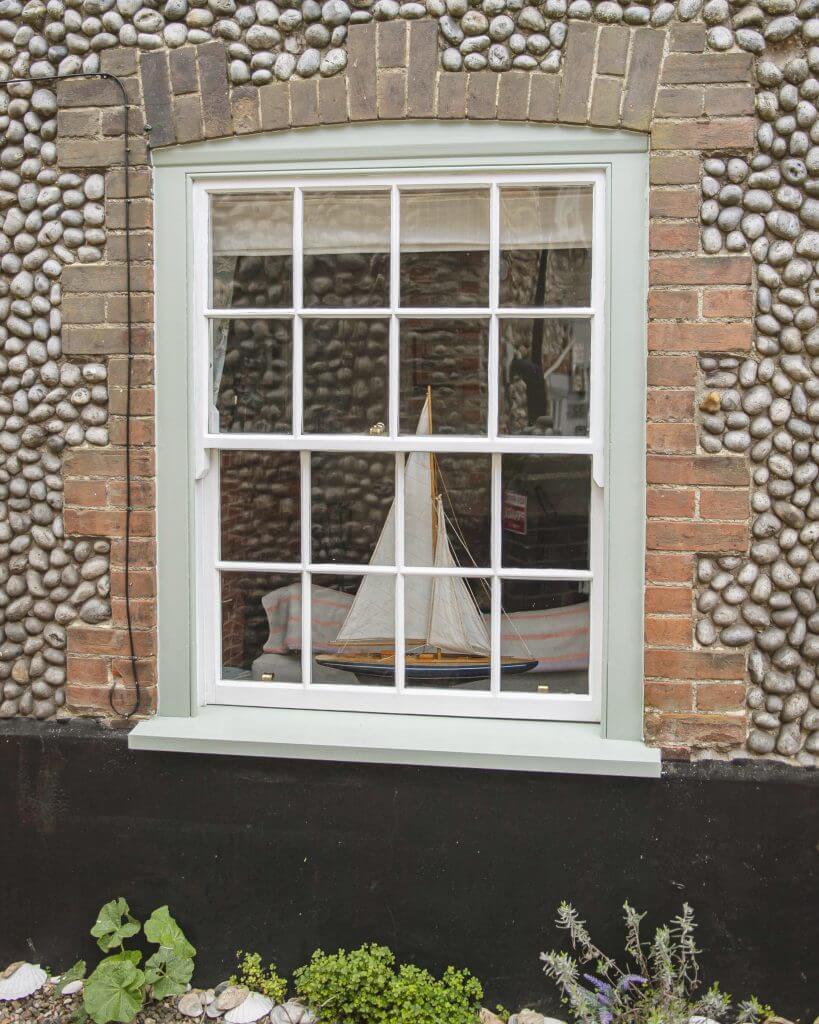Can I Make My Listed Property More Energy Efficient?
There are currently around 560,000 listed buildings in the UK, which cannot be demolished or altered without special permission. Original features, like timber sash and casement windows, are often a key part of the architectural importance of such buildings. But they can also make listed properties cold and uncomfortable places to live. Before we look at the issue of upgrading the energy efficiency of such buildings, let’s look at a few facts.
Historic England defines listing a building as celebrating a building’s ‘special architectural and historic interest’. Listing also places it under the watchful eye of the planning system, so that it can be protected for future generations.
- There are 9 different grades of listed building – Grade I buildings are of ‘exceptional interest’
- Only 2.5% of buildings in England & Wales are Grade I listed
- If you own a Listed Building, you’re eligible to join the listed property owners club
- Usually, a building has to be over 30 years old to be eligible for listing
- All buildings built before 1700, which survive in anything like their original condition, are listed.

Nurturing Tradition: Making Your Listed Property More Energy-Efficient
The Harmony of Heritage and Efficiency
Embracing the Challenge of Listed Properties
Listed properties, with their historic charm and architectural significance, present a unique set of challenges and opportunities when it comes to enhancing energy efficiency. While the preservation of historical integrity is paramount, there are strategic steps that can be taken to make your listed property more energy-efficient, ensuring it stands resilient against the test of time.
Navigating the Regulatory Landscape
Understanding Listing Categories
Listed properties in the UK are categorized into Grade I, Grade II*, and Grade II, with Grade I being the highest level of protection. Each listing category comes with its own set of restrictions and guidelines. Understanding the specific constraints imposed by the listing category is crucial before embarking on any energy efficiency improvements.
Consulting with Heritage Authorities
Before making substantial changes to your listed property, consulting with heritage authorities, such as Historic England, is recommended. These organizations can provide valuable insights, offer guidance on preserving historical features, and ensure that any proposed changes align with conservation principles.
How do I approach a listed building renovation?
If you’re thinking of renovating the windows in your listed property, at Ventrolla, we always recommend you speak to your local conservation officer first. Check with them if you require Listed Building Consent or Planning Permission before any work commences. Here’s a list of resources that you may find useful:
- The Society For Protection Of Ancient Buildings
- The Listed Property Owners Club
- Find Your Local Council
- Historic England
- Historic Environment Scotland
- Planning (Listed Buildings and Conservation Areas) Act 1990
Enhancing Insulation without Compromise
Addressing Thermal Inefficiencies
Draughtproofing Solutions
Draughts are common in older properties, contributing to energy wastage. Introducing discreet draughtproofing solutions, such as weatherstripping and secondary glazing, can significantly improve insulation without altering the external appearance of the property.
Are you living in a cold, draughty listed building?
Listing doesn’t prevent you from making changes by repairing or replacing windows. But it does mean that listed building consent must be applied for in order to authorise any changes to that building, which might affect its special interest. It’s vital to get the balance right between upgrading a building and compromising its historical integrity.
When improving the energy efficiency of windows in listed properties, most councils and conservation officers would ask that you renovate your windows where possible, saving as much of the original window as possible. Timber window experts, Ventrolla, have helped many listed property owners through the planning application process, providing a window‐by‐window survey, sharing recommendations and any technical drawings or specifications needed to help the councils understand the work that will be undertaken.

Draught‐proofing is one of the least intrusive ways of improving the energy efficiency of windows – and solutions like Ventrolla’s Perimeter Sealing System (VPSS) are ideal. This discreet technology doesn’t affect the look of the window, but will keep your home warmer.
Strategic Insulation
While traditional insulation methods may pose challenges, innovative approaches can be employed. Internal wall insulation, for example, minimizes visual impact on the exterior while providing thermal benefits. This, however, requires careful consideration and consultation with conservation experts.
Window Restoration and Conservation
Preserving the Soul of Windows
Wooden Sash Window Restoration
Listed properties often feature classic wooden sash windows that contribute to their character. Instead of replacing them, consider restoration. Skilled craftsmen can repair and upgrade these windows, enhancing energy efficiency without compromising the historical aesthetics.
Secondary Glazing Solutions
For listed properties where alterations to the primary windows are restricted, secondary glazing offers a non-intrusive alternative. This additional layer helps in thermal insulation and noise reduction while preserving the original windows.
Sustainable Heating Solutions
Blending Tradition with Modern Comfort
High-Efficiency Boilers
Modern high-efficiency boilers can replace outdated heating systems without infringing on the historical integrity of listed properties. These systems offer improved energy efficiency, reducing both environmental impact and heating costs.
Zoning for Precision
Implementing heating zones within a listed property allows for targeted temperature regulation. This strategic approach ensures that energy is directed where it’s needed most, optimizing efficiency while maintaining comfort levels.
Lighting the Path with Energy-Efficient Solutions
Illuminating the Past Responsibly
LED Lighting Technology
Switching to LED lighting is a subtle yet impactful way to enhance energy efficiency. LED bulbs are energy-efficient, long-lasting, and emit less heat, making them ideal for preserving delicate interiors and artefacts in listed properties.
Motion Sensors and Timers
Smart lighting controls, such as motion sensors and programmable timers, add a layer of energy efficiency to the listed properties. These features ensure that lights are only in use when necessary, reducing unnecessary energy consumption.
Nurturing Heritage, Enhancing Efficiency
Striking a Balance for Generations to Come
Making a listed property more energy-efficient requires a delicate dance between modern solutions and historical preservation. By embracing innovative technologies and consulting with heritage experts, homeowners can nurture the heritage of their properties while ensuring they are equipped for a sustainable and energy-efficient future. It’s not just about meeting the needs of today; it’s a commitment to preserving the past for generations to come.
